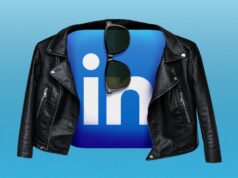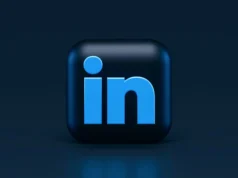Our previous posts have established that LinkedIn Ads are ideal for generating targeted B2B leads. Although generating leads is essential, getting the information and making offers to get their attention are more important.
Whether you are relying on your inhouse team or working with a reputable LinkedIn advertising agency like getuplead, this article will be of great help. It provides tips on converting your leads from LinkedIn Ads. So, read on to learn more.
Audience Conversion
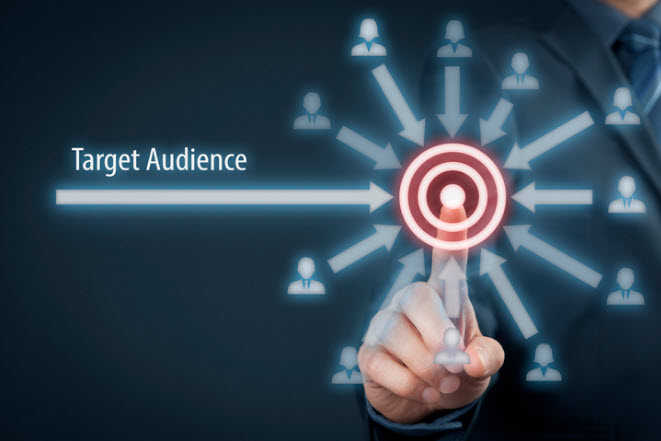
There are three sections of audience conversion to focus on;
Creating a thorough analysis of the target audience: targeting the right audience can increase the conversion rate. Before getting the right audience, you should consider the users’ business type, job position, skill type, experience level, and even company size.
During the decision stage of your campaign, it is best to target users in senior positions to influence decision-makers.
- Testing target audience: it is recommended that you test your leads to ensure that the criteria for picking your audience are correct.
- Optimizing leads regularly: there is a demographic option where you can check the results of the functions, titles, and industries. For high conversion rates, it is best to remove the criteria that give bad results.
Message Conversion
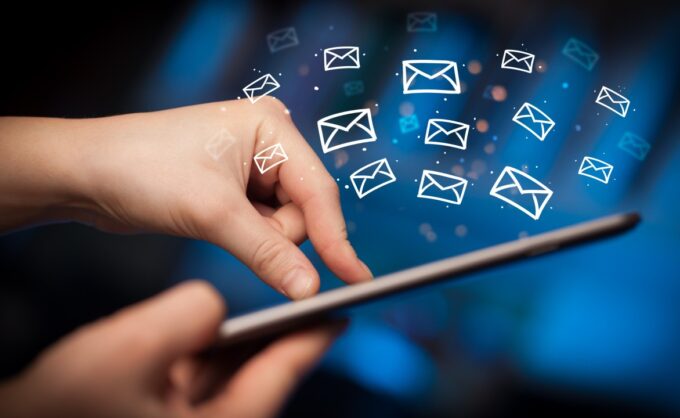
When sending messages to your target audience, it is essential to note that messages are different from ad copies; messages should discuss the aim of launching the campaign. Other tips for getting a high conversion rate through messages include;
- Ensure the message is relevant: often, campaign messages do not address topics from the users’ perspective. It is best to talk about topics that attract your audience’s attention and also address their needs.
- Use unique messages: using the same topic as your competitor will not bring a high conversion. Therefore, ensure you send messages that address a unique topic.
- Show in-depth knowledge about the subject matter: it is essential to have relevant information before sending messages to your leads because it shows how credible you are
Copy and Image Conversion
You can also target your audience through copies and images. The following tips will help with high conversion rates;
- Use aligning copies and visuals: regardless of the number of ads you are launching, both the copies and images must be in sync. It is essential to put a lot of effort into copies and image creation because visuals further pass the campaign’s goal across.
- Create multiple ad versions: the role of testing in a campaign cannot be over-emphasized. Although it is recommended to run 2 to 3 ads, running as many as 4 to 5 versions of an ad helps you analyze the best version for your campaign.
- Follow recommendations: LinkedIn provides recommendations to improve your campaign. It is essential to follow these recommendations. You can also check out our definitive guide for more tips.
- Continually optimize: Click-through rate (CTR) measures the number of people who click your ad. If there is optimized targeting and the CTR is less than 0.5%, it is best to change copies and images.
Using Lead Gen Forms
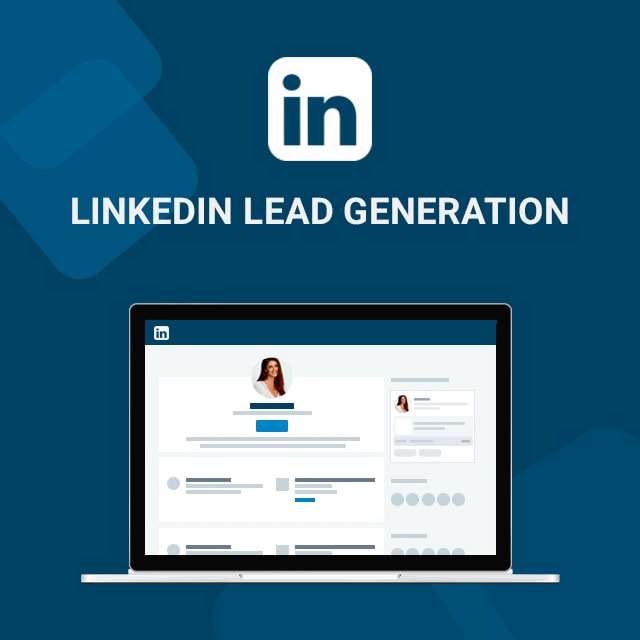
- LinkedIn gen forms are better than landing pages: a LinkedIn study shows that lead gen forms have conversion rates up to 13%, and landing pages have 2.35%. Therefore, it is recommended to use lead gen forms for higher conversions.
- Add pre-filled fields: using pre-filled fields in your forms give your users a quick experience. It is recommended not to use more than 4 fields where users need to write.
- Use a copy that suits the form: a lead gen form allows the user to make their final decision. Your copy should include the benefits of filling the form and also convince the users to make a decision and click on submit eventually
- Have more than one version: it is best to test your leads with two form versions. Results from the two versions can help increase the conversion rate. You can also download our free B2B lead generation a definitive guide for more information
Testing your ads
You are advertising on LinkedIn to ensure your audience gets the right content. But how do you know if you are giving them what they want? This is where testing comes in. You can create about 2-4 ad variations for the same campaign. Each variant will differ in ad copy and call-to-action images and buttons. The best performing of these variants is the type of content your audience finds appealing and engaging.
You can identify the best-performing ads with the number of clicks. If there are ads with lower clicks, pause and review them, rather than discarding them completely. Then test again until they perform as expected.
Making your bid competitive
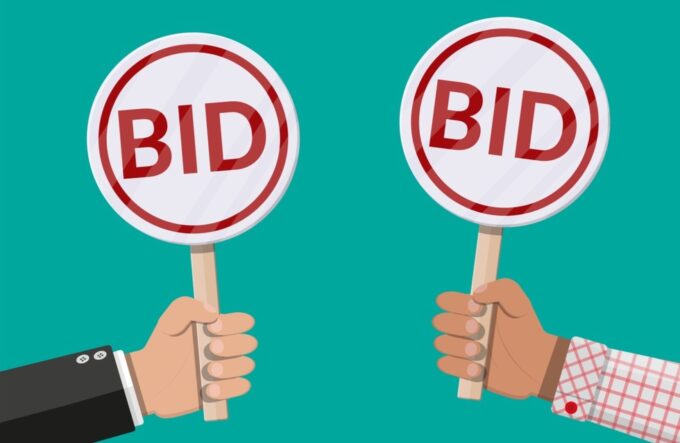
Bidding and budgeting in ads have no universal blueprint. You must be patient enough to test and see which works best for you. But there are a few LinkedIn ads bidding tips you can adopt. For instance, your SMART goals must reflect why you want to use LinkedIn advertising. Your goals often will determine your budget.
You should also factor in long-term potentials when setting your ad budget. Although LinkedIn recommends $100/day or $5000 in total, you can test with $200/week for starters. You are setting a bid and payment method for each campaign, and there are two payment methods to choose from – the Pay Per 1,000 Impressions (PPM) and Pay Per Click. Your bid is the highest amount you are willing to pay for the clicks or impressions.
You stand a better chance of beating the competition if you bid higher than the suggested range. The range is the estimate of what other advertisers are bidding for a similar ad. You can get a discount on your impression or click bid, which means you pay just the minimum to outbid the next advertiser.
Finally, you may not beat the competition if your bid doesn’t match the suggested range.
In Conclusion
LinkedIn ads are ideal for targeting the right audience and even converting them. Creating unique messages, copies, visuals, and lead gen forms are effective in converting your audience.



